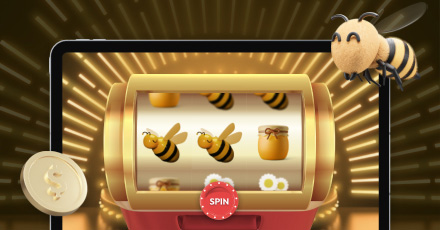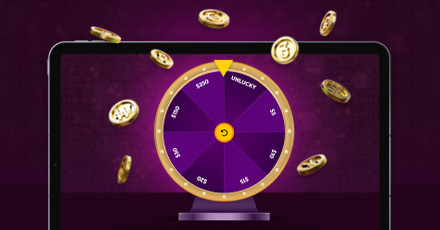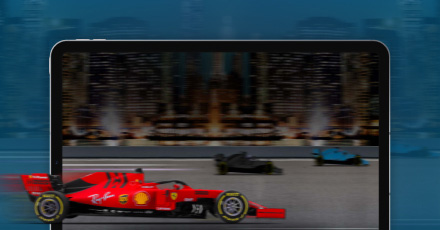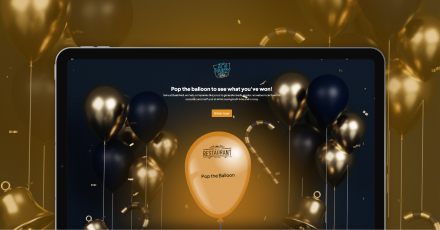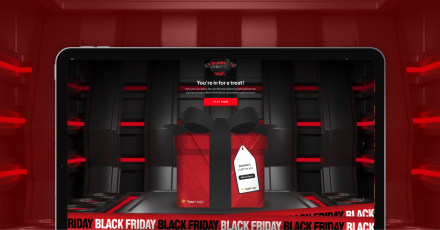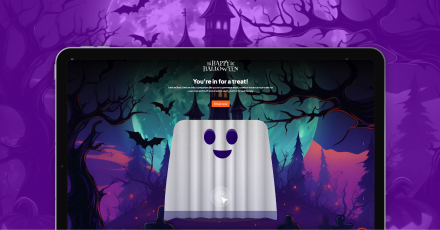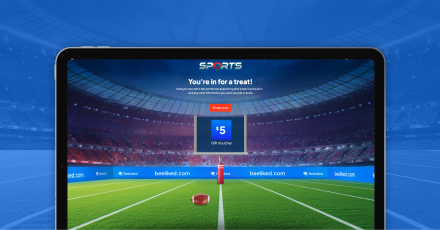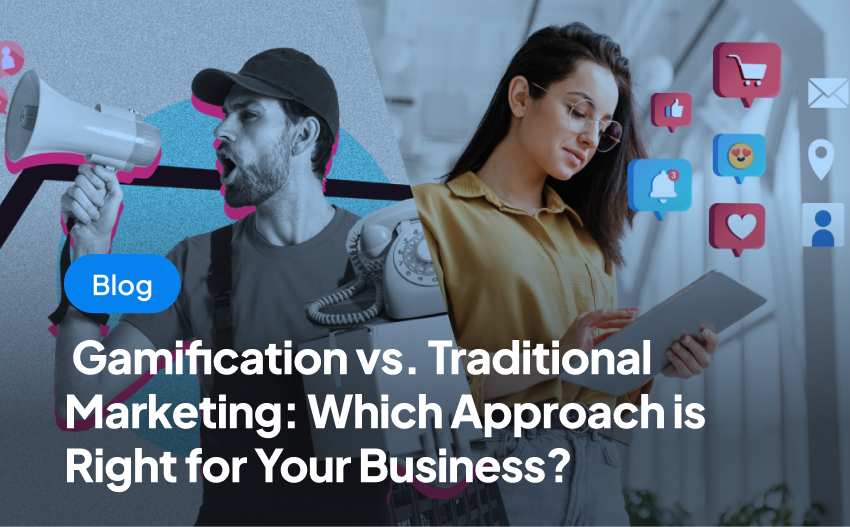
In the fast-paced world of digital marketing, where trends and technologies develop as swiftly as the flutter of a bee’s wings, many businesses find themselves at a crossroads, pondering the best approach to capture the attention of their target audience. Two distinct strategies, gamification, and traditional marketing, stand out as compelling options, each with its unique set of benefits and challenges. So let’s explore these distinct marketing strategies to uncover which path is best for your business goals.
What is Gamification?
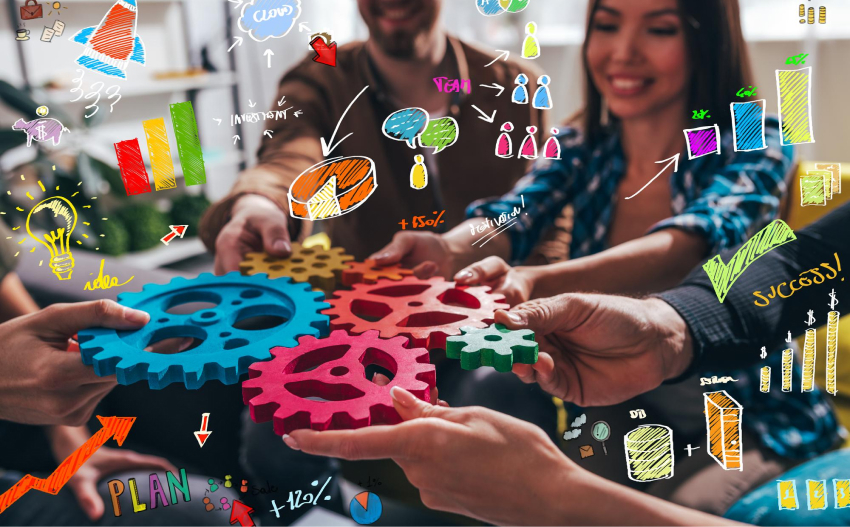
Gamification is a concept that involves applying game design elements and principles to non-gaming contexts, such as business, education, and various other activities, to enhance user engagement and motivation. Essentially, it’s about taking elements commonly found in games and incorporating them into different environments to make tasks more enjoyable, encourage participation, and drive desired behaviors.
Why is gamification effective? Gamification marketing leverages the psychological aspects that make games compelling, such as competition, achievement, and rewards, to influence people’s behavior in non-game situations. This approach taps into our innate desire for challenge, accomplishment, and recognition, using these elements to create a more engaging and interactive experience.
One of the primary distinctions between gamification marketing and a traditional marketing strategy lies in their fundamental approaches to audience engagement. Traditional marketing often relies on more passive forms of communication, such as one-way advertising messages, to convey information and persuade consumers. It’s a straightforward, informational exchange that may lack the immersive and participatory elements that gamification introduces.
Gamification, on the other hand, introduces an interactive and participatory dimension to the engagement process. By incorporating game-like elements, such as points, badges, and leaderboards, into non-game scenarios, it transforms the user experience into one that is more dynamic and involving. This shift from passive observation to active participation fosters a deeper connection between the audience and the content, product, or service being promoted.
While gamification leverages interactive and immersive experiences to engage audiences, traditional marketing brings its own set of valuable benefits to the table. One key advantage lies in the broad reach achieved through traditional channels like television, radio, and print, ensuring that messages can reach a wide and diverse audience. Additionally, traditional marketing strategies often establish a sense of credibility and trust as consumers are familiar with these established formats, fostering a connection that may be harder to achieve in more experimental approaches.
However, the drawbacks of traditional marketing strategies are increasingly apparent in a world where consumers are inundated with information. The passive nature of these methods may result in messages being overlooked or ignored, especially in an era where consumers have grown adept at filtering out advertisements.
Choosing between gamification and a traditional marketing strategy requires a nuanced understanding of the specific goals, target audience, and industry context. While traditional marketing excels in reach and familiarity, gamification shines in creating interactive and memorable experiences.
Five Advantages of Gamification Marketing
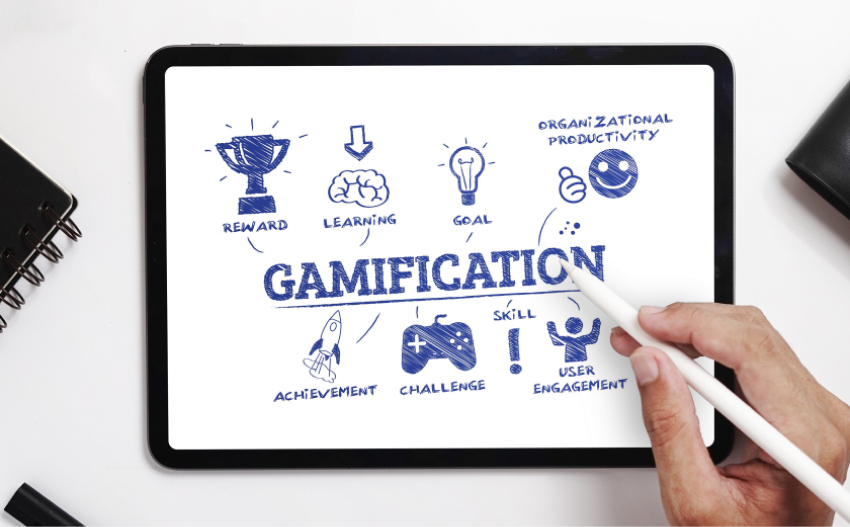
- Increased Engagement:
Gamification taps into the innate human desire for competition and achievement. By incorporating game-like elements into marketing strategies, such as points, badges, and leaderboards, businesses can boost customer engagement. Users are more likely to interact with a brand that provides a fun and rewarding experience.
- Enhanced Brand Loyalty:
Games create a sense of loyalty and attachment. When users associate positive emotions with a brand through gamified experiences, they are more likely to become loyal customers. Loyalty programs and rewards in the form of virtual goods or exclusive discounts can further solidify this connection.
- Data Collection and Insights:
Gamification allows businesses to collect valuable data on user behavior. Through game interactions, companies can gain insights into customer preferences, habits, and decision-making processes. This data can be used to refine marketing strategies, personalize offerings, and enhance the overall customer experience.
- Behavioral Change and Learning:
Gamification is effective in encouraging specific behaviors or facilitating learning. Whether it’s motivating employees to achieve certain goals or educating customers about products, the interactive nature of games makes the process more enjoyable and memorable. This can lead to a higher retention of information.
- Viral Marketing Potential:
Games often have a social component that encourages users to share their achievements or invite friends to participate. This viral nature can significantly expand the reach of a marketing campaign. When users share their gamified experiences on social media, it creates organic publicity for the brand.
Five Advantages of a Traditional Marketing Strategy
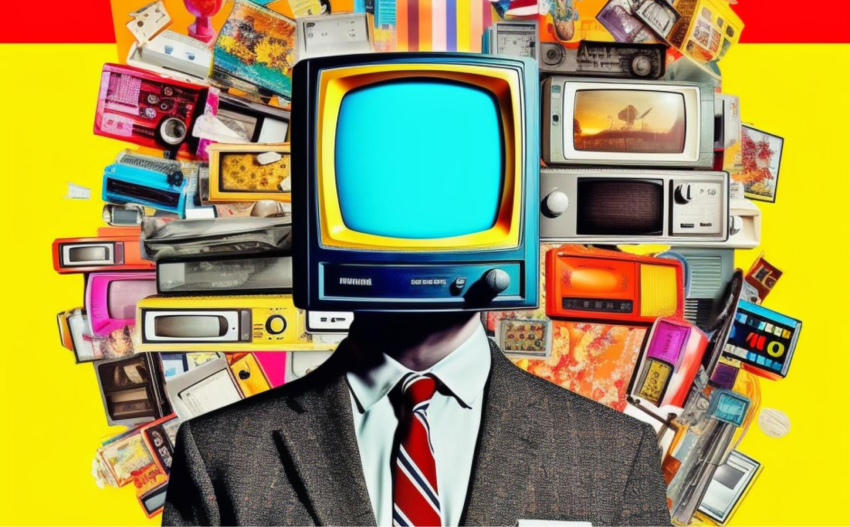
- Established Credibility:
Traditional marketing channels, such as print ads, television commercials, and radio spots, have been in use for a long time. This longevity can contribute to a sense of credibility and trust among consumers. Familiarity with these channels can make a brand seem more established and reliable.
- Wider Reach:
Traditional marketing methods often have a broader reach compared to niche gamification campaigns. Television commercials, for example, can reach a massive audience simultaneously. This wide exposure can be especially beneficial for products or services with broad target demographics.
- Tangibility and Permanence:
Printed materials like brochures, banners, and billboards provide a tangible presence. Consumers can physically hold or see these items, creating a lasting impression. Tangibility is particularly important in sectors where physical presence and touchpoints matter, such as real estate or retail.
- Targeting Diverse Audiences:
Traditional marketing channels allow for a more diverse set of strategies to target different audiences. For instance, a magazine ad might cater to an older demographic, while a social media campaign can target a younger audience. This flexibility enables businesses to tailor their approach to various consumer segments.
- Immediate Impact:
Traditional marketing efforts, especially in the form of TV or radio commercials, can have an immediate impact. A well-crafted message during prime time can quickly capture the attention of a large audience. This immediacy can be crucial for time-sensitive promotions or announcements.
The choice between gamification marketing and traditional marketing depends on the nature of the product or service, target audience, and marketing goals. Some campaigns might benefit from the interactive and engaging nature of gamification, while others may find the credibility and wide reach of traditional methods more suitable. Striking a balance between these approaches could be a viable strategy in certain cases, leveraging the strengths of each to create a comprehensive marketing strategy.
Three Examples of Gamification in Marketing:
- Interactive Quizzes and Assessments:
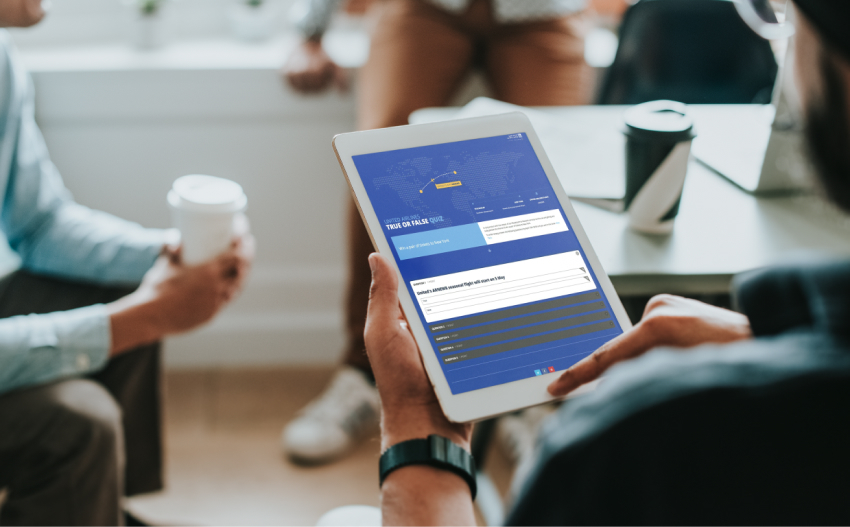
United Airlines annually unveils its summer flight schedule, a crucial piece of information for travel agents to facilitate client bookings. United collaborated with BeeLiked for the Stockholm to New York route to create a True or False quiz to assess travel agents’ knowledge of the route. Those achieving the highest scores were entered into a sweepstake for a chance to win tickets to New York.
Simultaneously, for the Paris to San Francisco route, the United Airlines team planned to launch a spin-the-wheel game, adding an interactive and engaging aspect to the campaign. With a conversion rate of 65%, the success of the True or False quiz and the upcoming Spin the Wheel game underscored the effectiveness of engaging travel agents through interactive campaigns.
- Virtual Rewards and Unlockable Content: USHealth Connect – Education rewards program
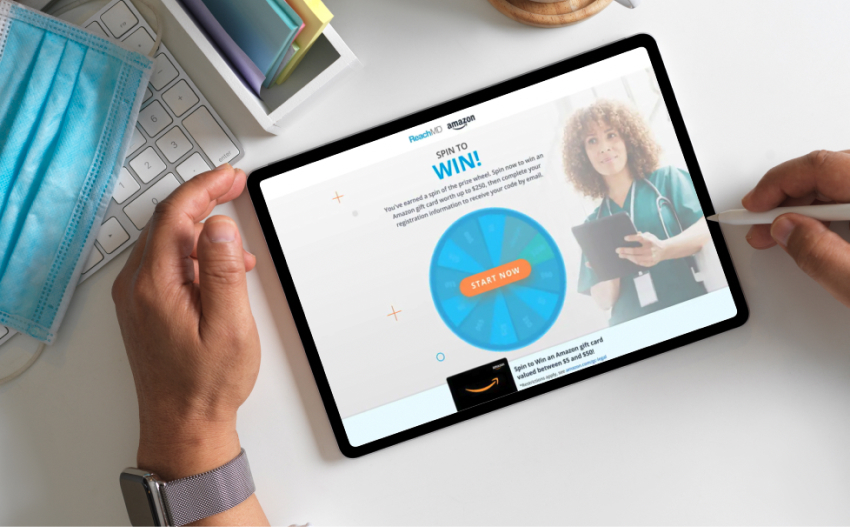
USHealth Connect (USH) is a prominent global organization dedicated to providing education for healthcare professionals. One of its subsidiaries, ReachMD, faced the challenge of boosting participation in tests and encouraging healthcare professionals to register their contact information on its EdTech website after engaging with specialist talks. To address this, ReachMD teamed up with BeeLiked to implement a spin-the-wheel promotion as a reward system for continuing education. This innovative approach involved a gamified spin wheel that participants accessed before taking tests, offering them a chance to win Amazon gift cards. The prizes were structured to be enticing, with a guaranteed minimum reward of $5 for every participant. Once a prize was won, participants were required to complete the test and register their information to receive their digital gift card.
The reward system was fully automated, including robust measures to prevent invite fraud. Moreover, ReachMD witnessed a significant 18% increase in the number of individuals taking tests, indicating a successful engagement strategy. Additionally, there was a remarkable 40% increase in opt-in data, showcasing the effectiveness of the spin-the-wheel promotion in encouraging participants to register their contact information. The cost per acquisition (CPA) remained impressively low, standing at less than $10, underscoring the efficiency and cost-effectiveness of the implemented strategy.
- Social Media Contests: Movember – Best Mustache Photo Contest
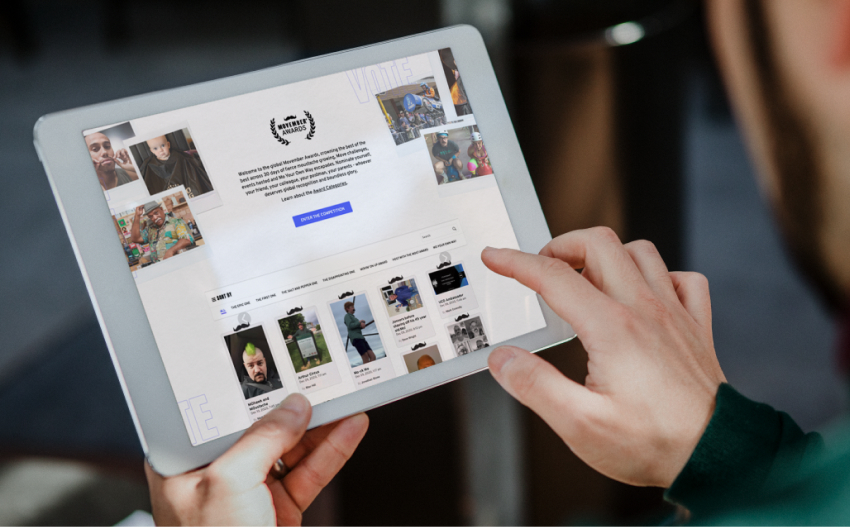
The Movember Foundation, the driving force behind the Movember initiative, orchestrates the Movember charity event hosted on Movember.com. In a collaborative effort, BeeLiked partnered with the Movember team to craft a captivating global photo contest aimed at engaging the multitude of fundraisers participating in the cause. This innovative contest provided a platform for participants to showcase their mustache-growing endeavors and compete for acknowledgment from both their peers and Movember’s esteemed panel of judges.
The photo contest, a highlight of Movember’s fundraising efforts, was strategically promoted through Movember.com, the organization’s dedicated fundraising portal. Fundraisers were enthusiastically encouraged to submit photos of themselves or fellow nominees to participate in the competition. The coveted prize for participants extended beyond traditional rewards. Movember focused on recognizing and appreciating the tremendous lengths individuals went to in raising funds for these critical men’s health issues. To add an extra layer of excitement, submitted photos were categorized, fostering a sense of friendly competition. Following a meticulous approval process overseen by moderators, entrants were then prompted to actively share their photo entries, leveraging social networks to garner votes and further amplify awareness for Movember’s cause. This dynamic approach not only fostered engagement but also underscored the communal spirit driving Movember’s impactful mission.
Which Type of Gamification Is Best for Your Business?
Gamification might appear as a straightforward method to engage your audience, yet its success pivots on careful planning and expert execution. Without a well-thought-out strategy, the entire gamification venture runs the risk of being counterproductive.
For a successful gamification marketing strategy, an in-depth comprehension of gaming principles, adept UI/UX skills, and a robust background in development are imperative. Seamlessly integrating a creative gamification strategy into your product demands a specialized skill set.
This is where BeeLiked comes into play – your entryway to unlocking a full spectrum of benefits derived from top-notch talents and cutting-edge interactive technologies. Collaborating with BeeLiked gives you access to the expertise required to craft a gamified product that not only stands out but also resonates profoundly with your audience. Get started with BeeLiked today.


